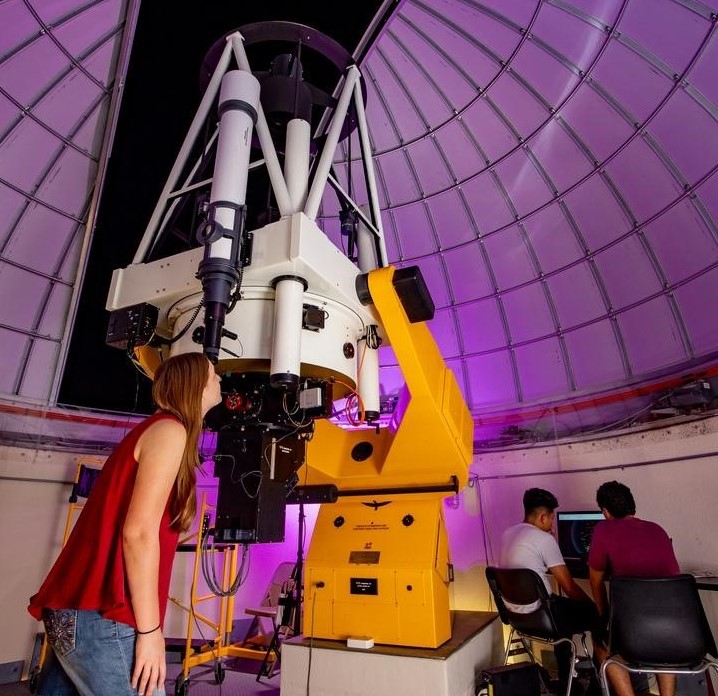Document Type
Article
Publication Title
The Astrophysical Journal
Abstract
This paper investigates the conditions for producing rapid variations of solar energetic particle (SEP) intensity commonly known as "dropouts." In particular, we use numerical model simulations based on solving the focused transport equation in the three-dimensional Parker interplanetary magnetic field to put constraints on the properties of particle transport coefficients in both directions perpendicular and parallel to the magnetic field. Our calculations of the temporal intensity profile of 0.5 and 5 MeV protons at the Earth show that the perpendicular diffusion must be small while the parallel mean free path is long in order to reproduce the phenomenon of SEP dropouts. When the parallel mean free path is a fraction of 1 AU and the observer is located at 1 AU, the perpendicular to parallel diffusion ratio must be below 10-5 if we want to see the particle flux dropping by at least several times within 3 hr. When the observer is located at a larger solar radial distance, the perpendicular to parallel diffusion ratio for reproducing the dropouts should be even lower than that in the case of 1 AU distance. A shorter parallel mean free path or a larger radial distance from the source to observer will cause the particles to arrive later, making the effects of perpendicular diffusion more prominent and SEP dropouts disappear. All of these effects require the magnetic turbulence that resonates with the particles to be low everywhere in the inner heliosphere.
DOI
10.1088/0004-637X/789/2/157
Publication Date
7-10-2014
Recommended Citation
Wáng, Yi; Qin, Gang; Zhang, Ming; and Dalla, Silvia, "A Numerical Simulation Of Solar Energetic Particle Dropouts During Impulsive Events" (2014). Aerospace, Physics, and Space Science Faculty Publications. 292.
https://repository.fit.edu/apss_faculty/292


